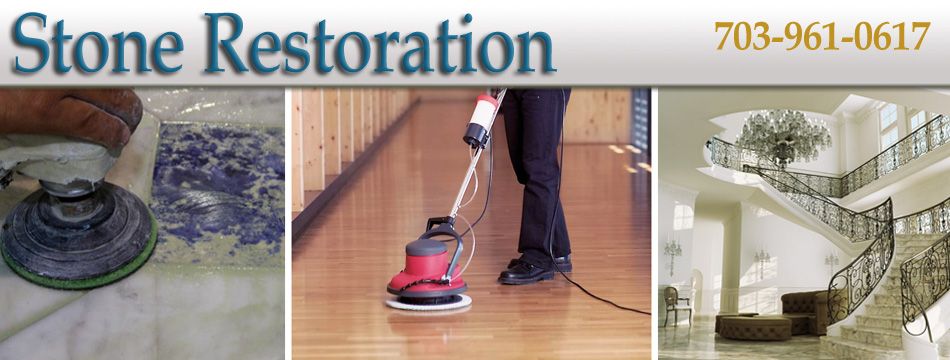Stony surfaces can bring a eternal elegance to any house, but over time, they may lose their luster due to deterioration. Whether it's a stunning granite countertop, a timeless marble floor, or a quaint stone patio, restoring these surfaces can refresh your living space. In this guide, we will explore the key tools and techniques needed for efficient stone refinishing, helping you grasp not just the physical methods, but also the craft and care involved in stone restoration.
As we delve into the world of stone restoration, it is important to acknowledge that there are typical mistakes that many homeowners make along the way. From choosing the inappropriate cleaning solutions to inadequate sealing techniques, these errors can lead to unsatisfactory results and even harm to your stone surfaces. Our exploration will also touch on how to prevent these pitfalls, ensuring that your restoration efforts yield beautiful and lasting results. So, if you've been contemplating whether it's time to restore your stone surfaces, let us guide you through the do's and don’ts of the process.
Essential Tools for Stone Refinishing
In the process of embarking on a refinishing stone project, having the right tools can make all the difference. A reliable angle grinder is vital for smoothing and molding stone surfaces. This instrument allows you to achieve a polished finish by utilizing various grits of diamond polishing pads, which are especially designed for use on stone. Alongside an angle grinder, a wet saw may be required for cutting massive slabs or tiles to size, ensuring a precise finish.
In addition to electric tools, hand tools play a significant role in stone refinishing. A suitable set of chisels and a hammer are necessary for smaller restoration tasks, such as taking off damaged areas or making small adjustments to the stone surface. For cleaning and preparing the stone, a selection of brushes and scrapers will help clear grime, old sealants, or adhesive residues that could impact the refinishing process.
Finally, protective clothing cannot be overlooked. Proper protective gear, including gloves, goggles, and a dust mask, is vital to protect yourself from dust and debris during the refinishing process. Ensuring you have these critical tools at hand will not just streamline your project but also improve your overall experience in restoring stone surfaces.
Common Oversights to Avoid in Stone Restoration
A of the most typical errors in stone restoration is the use of unsuitable cleaners. Many people opt for harsh cleaning products without realizing their potential damage to the stone’s surface. Harsh products can etch and fade polished stones, such as limestone. It is important to use neutral pH cleaners specially designed for natural stone to prevent permanent damage. Always remember to test any product on a tiny, inconspicuous area first to ensure compatibility.
Another frequent mistake is overlooking assess the stone's condition before beginning the restoration. Many assume that all stones are the same and continue without a careful inspection. Every type of stone has distinct properties, which require different restoration techniques and tools. A lack of understanding can lead to using the wrong methods that may exacerbate existing damage rather than repairing it. Taking the time to assess the stone will provide you with a more defined plan of action.
Finally, a significant mistake is neglecting the value of proper sealing after restoration. Sealing Home page is essential to safeguard them from stains and moisture harm. Failing to use a high-quality sealant post-restoration can lead to issues such as color change and degradation over time. Always choose a sealer that is right for the specific type of stone and follow the manufacturer's guidelines for best results, guaranteeing enduring beauty and longevity.
Best Techniques for Preserving Stone L surfaces
Routine maintenance is essential to protect the beauty and condition of stone surfaces. Use a neutral pH stone cleaning solution and a non-abrasive cloth or mop to gently clean the surfaces. Steer clear of aggressive chemicals or rough materials that can harm the stone. It's beneficial to set up a routine cleaning schedule, based on the usage and exposure to dirt and grime, to ensure your stone appearing its most appealing.
Protecting stone surfaces is a further important method that can greatly prolong their usefulness. A top-notch sealant shields the stone from spots and moisture ingress. In general, it is advised to seal natural stone areas at least once a year, but frequent-use areas may demand more regular applications. Always follow the manufacturer's guidelines for application and reapplication.
To shield stone surfaces from marks and chips, contemplate adding mats or carpets in busy areas and using coasters under pottery or decorative items. Additionally, be cautious of using the appropriate tools for tasks around stone surfaces, as heavy equipment or rough materials can cause unexpected damage. By adopting these maintenance methods, you can ensure that your stone surfaces remain appealing and practical for an extended time to follow.

